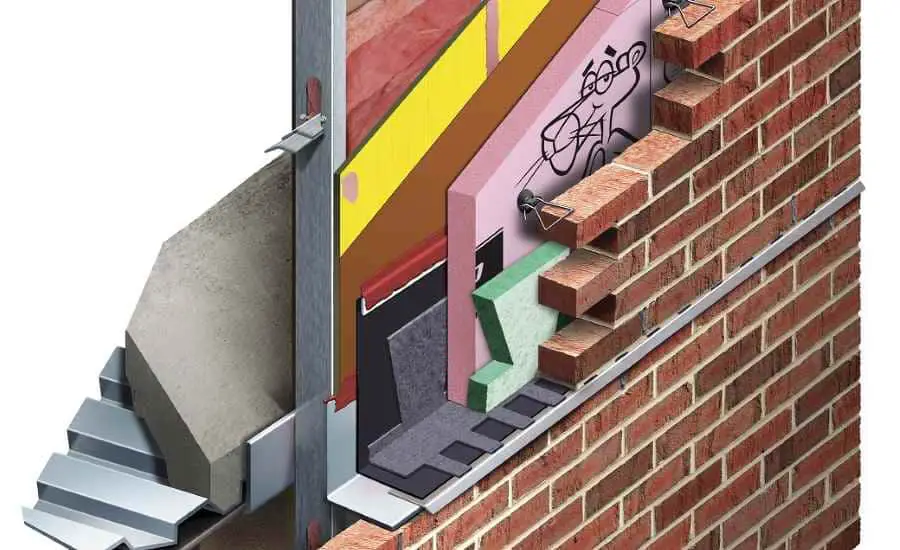In the world of construction and building maintenance, ensuring the optimal insulation of single brick walls is paramount. This article explores the intricacies of Single Brick Wall Insulation, detailing both the challenges and solutions that professionals face in maximizing the performance of these structures.
Understanding Single Brick Wall Construction
Single brick walls, commonly referred to as “single wythe” walls, are constructed with a single layer of bricks. Unlike cavity walls, they do not have a gap that can be easily filled with insulation material. This structural simplicity poses significant challenges in terms of insulation, as these walls are often more susceptible to heat transfer and moisture penetration.
Challenges in Insulating Single Brick Walls
- Thermal Performance: Single brick walls generally have poor thermal resistance. The solid mass of brick can absorb heat during the day and release it at night, leading to higher energy costs and less efficient temperature control.
- Moisture Control: Without proper insulation, single brick walls can allow moisture to penetrate, which can lead to damp issues and compromise the structural integrity of the building.
- Aesthetic and Structural Integrity: Adding external insulation can alter the appearance of a building and affect its character, especially in historic buildings where preserving the original look is essential.
Strategies to Enhance Insulation
External Wall Insulation (EWI)
External Wall Insulation involves applying an insulation layer to the outside of the building. This method not only improves the building’s thermal performance but also protects the brickwork from weather-related deterioration and enhances the building’s facade.
- Benefits: EWI significantly reduces heat loss, leading to energy savings and enhanced comfort. It also provides an opportunity to refurbish the external appearance of older buildings.
- Considerations: It is crucial to ensure that the insulation material is breathable to prevent moisture accumulation. Additionally, planning permissions may be required, particularly for listed buildings.
Internal Insulation (Dry Lining)
Internal insulation, or dry lining, involves fitting insulation boards to the inside surface of the external walls. This method is often used when external changes are not possible.
- Benefits: Dry lining is less disruptive to the building’s exterior and is ideal for historic properties.
- Considerations: It reduces the internal floor space slightly and requires a vapor barrier to prevent moisture issues.
Aerogel Insulation
Aerogel, known for its low thermal conductivity and high resistance to heat transfer, can be used in the form of mats that are applied directly to single brick walls. This material is particularly effective in thin layers, making it suitable for both internal and external applications.
- Benefits: Aerogel provides superior insulation without significant thickness, preserving both interior and exterior dimensions.
- Considerations: The high cost of aerogel can be a limiting factor for larger projects.
Implementing Best Practices in Insulation
To maximize the performance of single brick wall insulation, consider the following best practices:
- Comprehensive Assessment: Conduct a thorough assessment of the building to understand the specific insulation needs and potential structural challenges.
- Material Selection: Choose insulation materials that not only meet thermal requirements but also comply with building codes and aesthetic considerations.
- Professional Installation: Employ skilled professionals for installation to ensure that the insulation is applied correctly and efficiently.
- Prosecute insulation projects during suitable weather conditions to minimize exposure to the elements and ensure optimal installation conditions.
Future Outlook
As technology advances, new materials and methods are continually being developed to enhance the insulation of single brick walls. Innovations such as vacuum insulation panels and phase-change materials are on the horizon, promising to deliver even better performance and efficiency.
By addressing the unique challenges of single brick wall insulation through careful planning, appropriate material selection, and professional execution, building owners can significantly improve the comfort, energy efficiency, and longevity of their properties.


